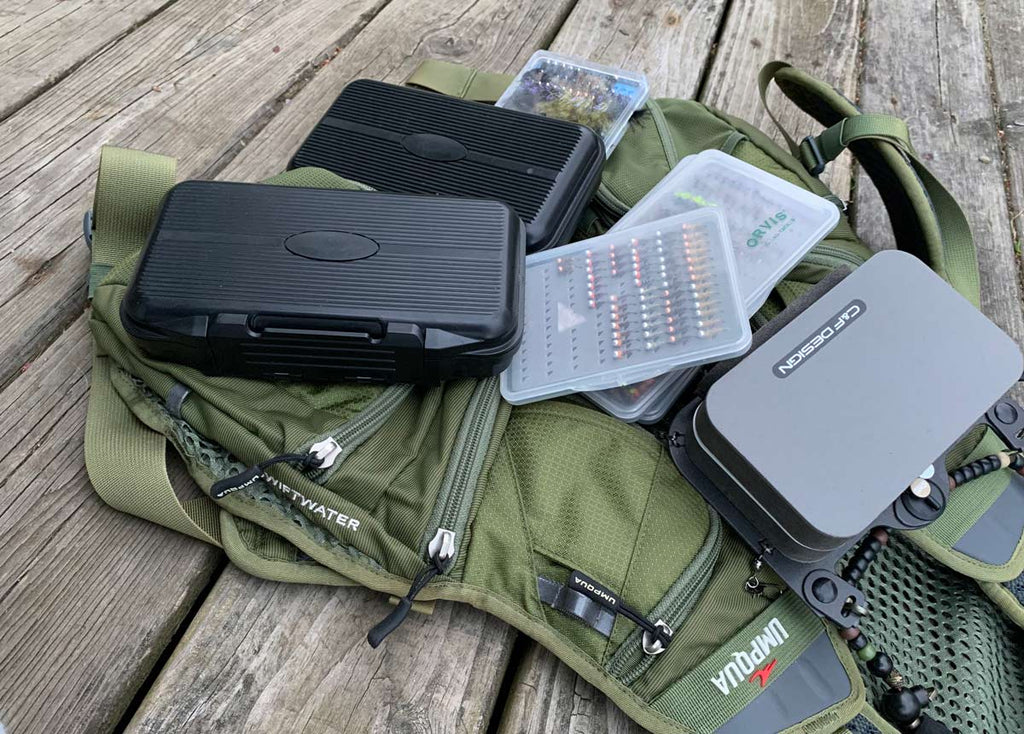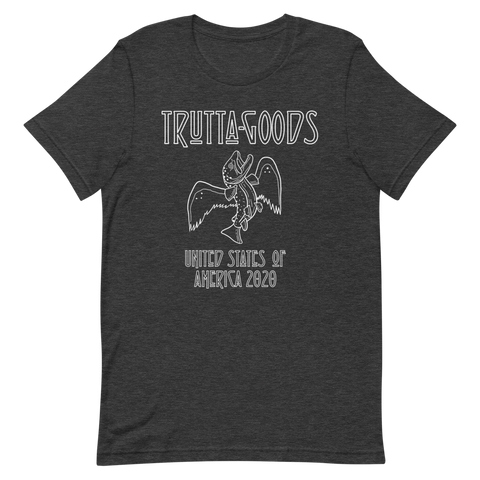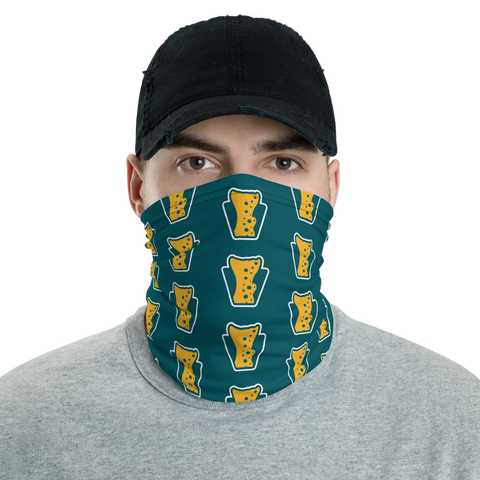
Organizing: Fly tying & Fly boxes
Guest Writer: Rich Ferarra
In this article I’m going to go into detail on some of the things I do both on the water and behind the vise to be better organized.
Please don’t take what I say here as gospel. Just because these things work for me does not mean they’ll work for everyone. Also, not everything here is vital to success.
I find having a good system of organization makes decision making a bit easier on the water as well as makes the tying process more streamlined.
I’ll start with my tungsten nymph organization.
I organize all my nymphs by weight by grouping bead sizes together. I have 2 weight classes per tungsten bead size (light and heavy) . I will use the standard slotted beads as my “light” tungsten nymphs and the inverting beads as my “heavy” tungsten nymphs. (See photo for weight comparison - both 3mm beads)

I carry 2 high capacity waterproof boxes with 4 pages per box organized by bead size per page (2.0mm, 2.5mm, 3.0mm, 3.5mm).
My fly box breakdown:
- One box containing more dubbed body walt’s worm / larvae and soft hackle bugs.
- One box has a heavy emphasis on pheasant tail and mayfly imitations.
- One box of mops / junk flies.
- One box of lightly weighted soft hackles and brass beaded nymphs.
- One small box of very heavy 3.8mm flies
I’ll transfer flies from these into a couple working boxes that I’ll rotate flies in and out of. A working box is just a box with a mixed bag of flies that I think I’ll need for a day or for a competition session. This is just meant to make decision making faster on the water. I always have more flies on my person than I’ll ever need but I like to be able to choose quickly and efficiently based on what conditions I’m presented with.
Other fly boxes I carry:
- A box of jig (hook) streamers
- A box of standard hook streamers to fish more on the swing
- A box of imitative dry flies
- A box of suspender dry flies
I try to keep up with the maintenance of this system, while it can be a chore it’s something I’ve realized the value in keeping up with. While going through and putting flies away is a good time to check for rolled hook points and damaged flies as well.
Perhaps more beneficial to me than fly organization is being organized at my tying station.
One thing I’ve found over the years is that the original packaging that our materials come in is often times the best way to store them. They’re labeled with color, size, etc so it makes it much easier to re up when needed.
Whenever I get a new pack of beads I weigh a few beads out of the pack, then write the date I received them on the pack. I’ve found in the past that the weight of tungsten beads can change from batch to batch so if I dump them all into one container my fly weight will be slightly different.
In my tying room I covered my walls in peg board and have all packaged materials hung up where I have easy access to them. Except for dubbing, dubbing I store in the binders that you would use to store baseball cards. I have 5 of these full. 1 flash, 1 drab, 1 blend, 1 superfine / dry, and 1 streamer. I avoid buying the dubbing dispenser / variety packs. I have several of these that I purchased within the last decade and they all share 1 thing in common, that is, no more than 2 colors ever get completely used up.
Materials aside from dubbing I store those in original packaging too so I can easily see the labeled color so there’s no guessing when something runs low. The only problem that can arise here is companies can change their dyes over the years and new products may not exactly match your tried and true colors so a word of advice would be, if you find a color you absolutely love, buy as much as you can while you can, feather, flash, dubbing, whatever. I regret not buying enough of certain shades of dubbing to fill a pillow case.
My spooled materials I store in those multi slot plano style organizers.
One last thing worth noting is my organization of leader materials. I group this by diameter and not pound test. I’ve not taken a micrometer to it yet to see if the diameters from all brands are actually identical but I do know that not all pound tests from different brands match up to diameter so that’s why it’s grouped this way.
Thanks for taking the time to read this and by all means message me if you have any questions.
- Rich Ferarra



Grayden Valdez
Great stuff Rich. Thanks for sharing the info.